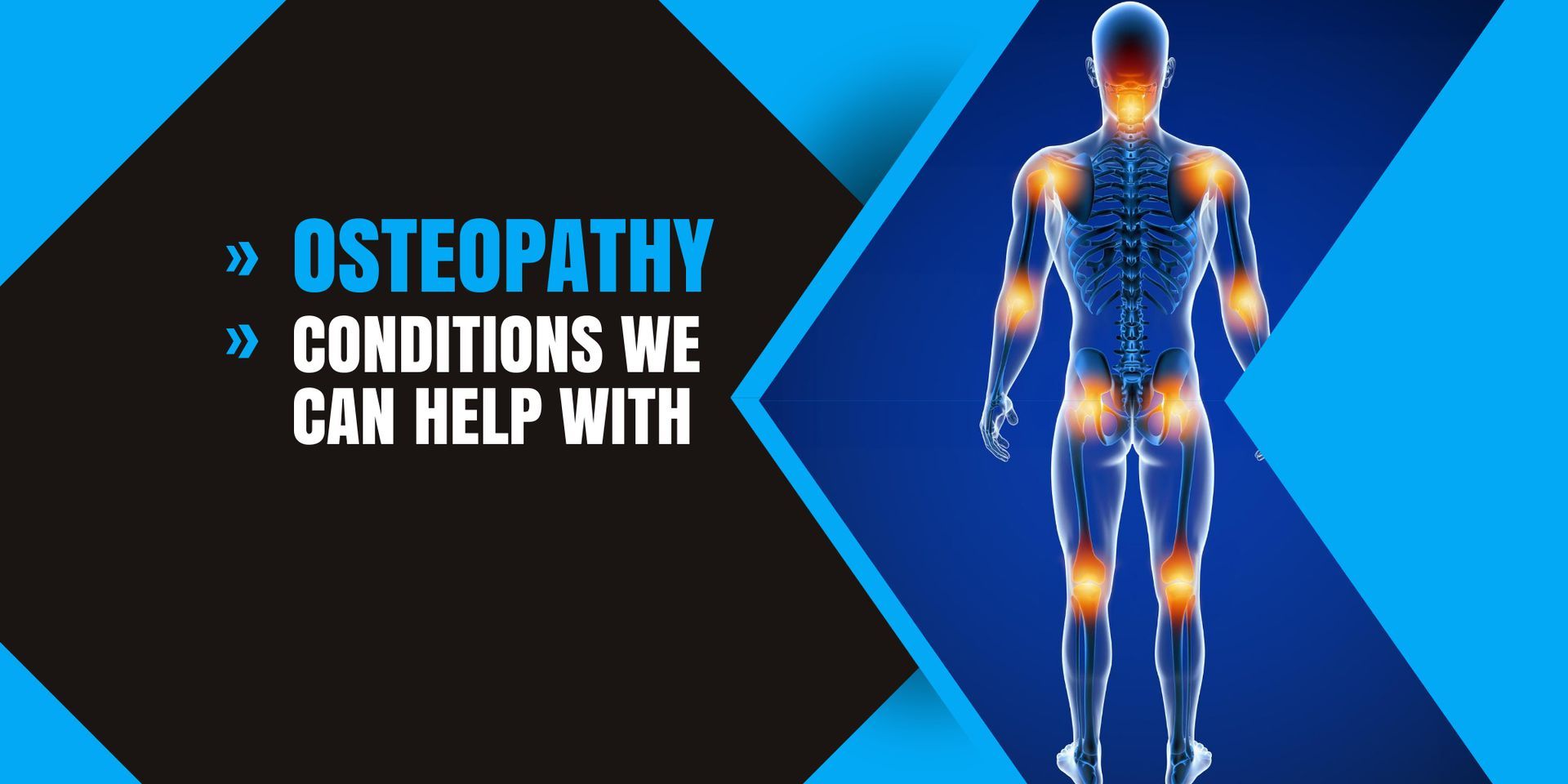Top Tips for Avoiding Back and Shoulder Pain While Working From Home
Many people working from home are experiencing a new set of physical challenges

With more people working from home than ever before, many are experiencing a new set of physical challenges, particularly back and shoulder pain.
Spending long hours at makeshift desks or on the sofa can lead to poor posture and strain on muscles.
While there are simple steps you can take to avoid discomfort, if the pain becomes persistent, it may be time to seek professional help from an Osteopath.
In fact, since the shift to remote work, there has been a noticeable rise in people visiting Osteopaths for musculoskeletal issues.
If you're struggling with aches and pains while working from home, here are some top tips to help yourself, and why Osteopathy might be the solution if the problem continues.
1. Set Up a Proper Workspace
One of the biggest contributors to back and shoulder pain is a poorly arranged workspace. Sitting hunched over a laptop on the sofa or dining room table can wreak havoc on your posture. To avoid this:
Use a Desk and Chair:
Invest in a proper desk and ergonomic chair that supports your lower back.
Adjust Screen Height:
Make sure your screen is at eye level to prevent neck strain. You can use a laptop stand or books to raise it.
Support Your Feet:
Your feet should be flat on the ground or supported by a footrest to keep your body aligned.

2. Take Frequent Breaks
Sitting for hours at a time can lead to stiffness and discomfort, especially in the back and shoulders. Combat this by:
Moving Every 30 Minutes:
Get up, stretch, and walk around regularly to avoid staying in one position for too long.
Stretching Exercises:
Simple stretches targeting your shoulders, neck, and lower back can keep your muscles loose and prevent pain from building up.
One effective exercise is to stretch your arms overhead, take a deep breath, and hold for a few seconds before slowly releasing.
This relieves tension in the upper back and shoulders.
3. Watch Your Posture
Maintaining good posture is essential when sitting for long periods. Slouching can strain your muscles and lead to long-term issues. To maintain proper posture:

Sit Upright:
Keep your back straight and shoulders relaxed, not hunched forward.
Engage Your Core:
Your core muscles can support your back, so try to keep them slightly engaged while sitting.
Avoid Crossing Your Legs:
This can lead to hip misalignment and back strain. Keep your feet flat on the ground or on a footrest.
4. Stay Active
Working from home often means less movement, which can contribute to muscle tension and pain.
Incorporate some form of exercise into your day to keep your body active and your muscles strong:
Go for a Walk:
A quick walk during lunch breaks can do wonders for your back and overall well-being.
Strengthening Exercises:
Regular exercises that strengthen your core and back muscles will improve your posture and prevent pain.
Activities like Yoga, Pilates, or bodyweight exercises are particularly beneficial.
5. Use Proper Support
If you're spending long hours sitting, using the right support can make a big difference:
Lumbar Support:
Add a cushion or a specially designed lumbar pillow to your chair to support the natural curve of your lower back.
Wrist Support:
Use a wrist rest or ergonomic mouse pad to prevent strain on your wrists and shoulders while typing or using the mouse.
When to See an Osteopath
If you've tried adjusting your workspace, improving your posture, and incorporating breaks and stretches, but you're still experiencing persistent pain, it might be time to consider seeing an Osteopath.
Osteopaths specialise in treating musculoskeletal issues, using hands-on techniques to relieve tension, improve mobility, and restore function.
Many patients have reported an increase in back, shoulder, and neck pain since switching to remote work.
Osteopathy has become an increasingly popular solution to these problems.
Why Osteopathy Can Help
An Osteopath can assess your posture, mobility, and areas of discomfort to identify the root cause of your pain.
They use a combination of stretching, massage, and joint manipulation techniques to relieve tension and improve movement in the affected areas.
Osteopathy is not just about treating pain but also about preventing it by addressing imbalances in your body’s structure.
If left untreated, poor posture and repetitive strain can lead to more severe issues such as chronic pain, reduced mobility, and even long-term damage to your spine and joints.
Conclusion: Prevention and Professional Help
Working from home doesn’t have to come with the pain of back and shoulder aches.
By setting up a proper workspace, taking regular breaks, maintaining good posture, staying active, and using the right support, you can reduce the chances of discomfort.
However, if pain persists, it’s important to consult an osteopath. The rise in remote work has led to more people seeking Osteopathic treatment for these very issues, so don’t hesitate to get help if needed.
Your body deserves to feel good, no matter where you're working!







